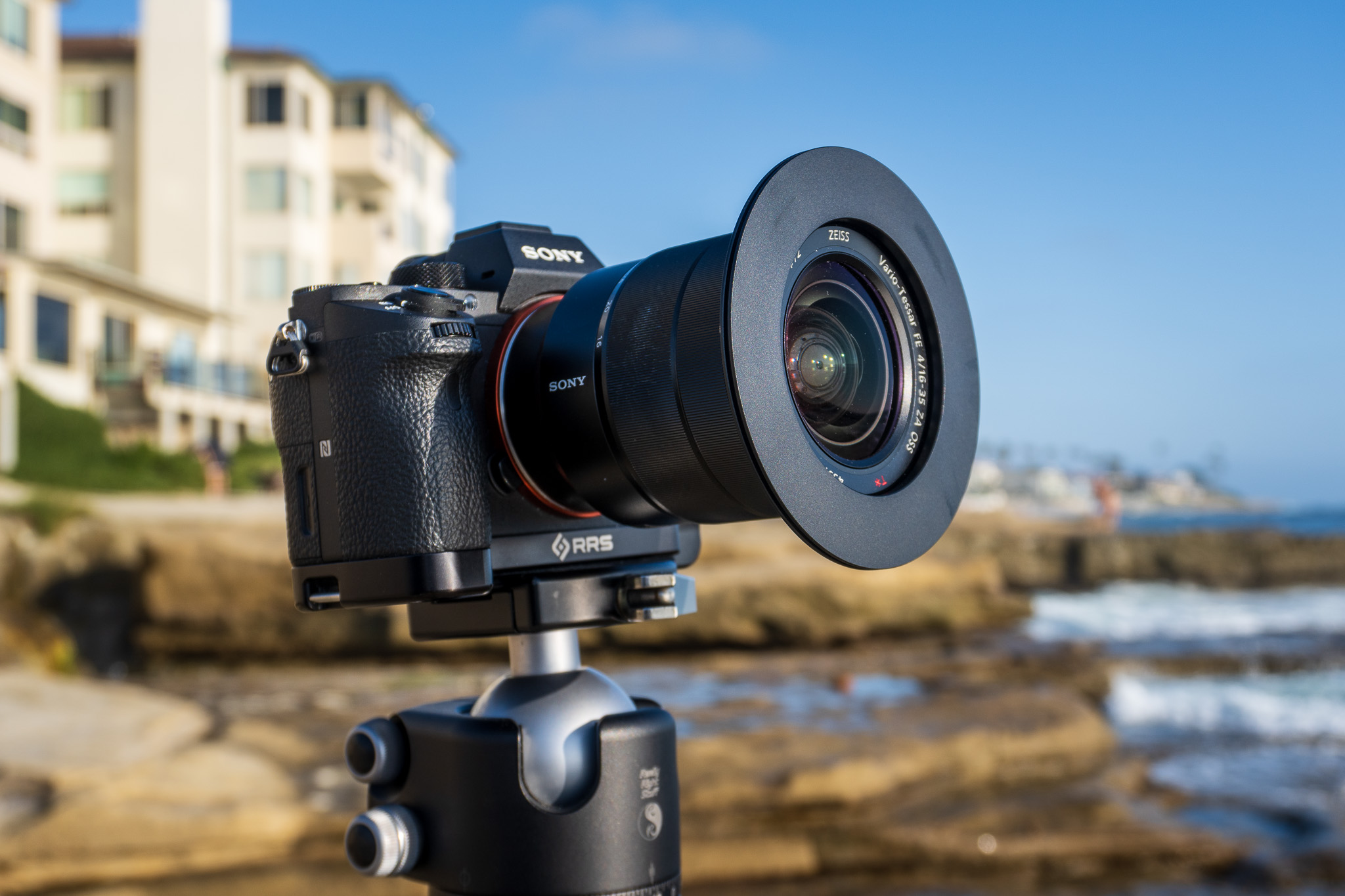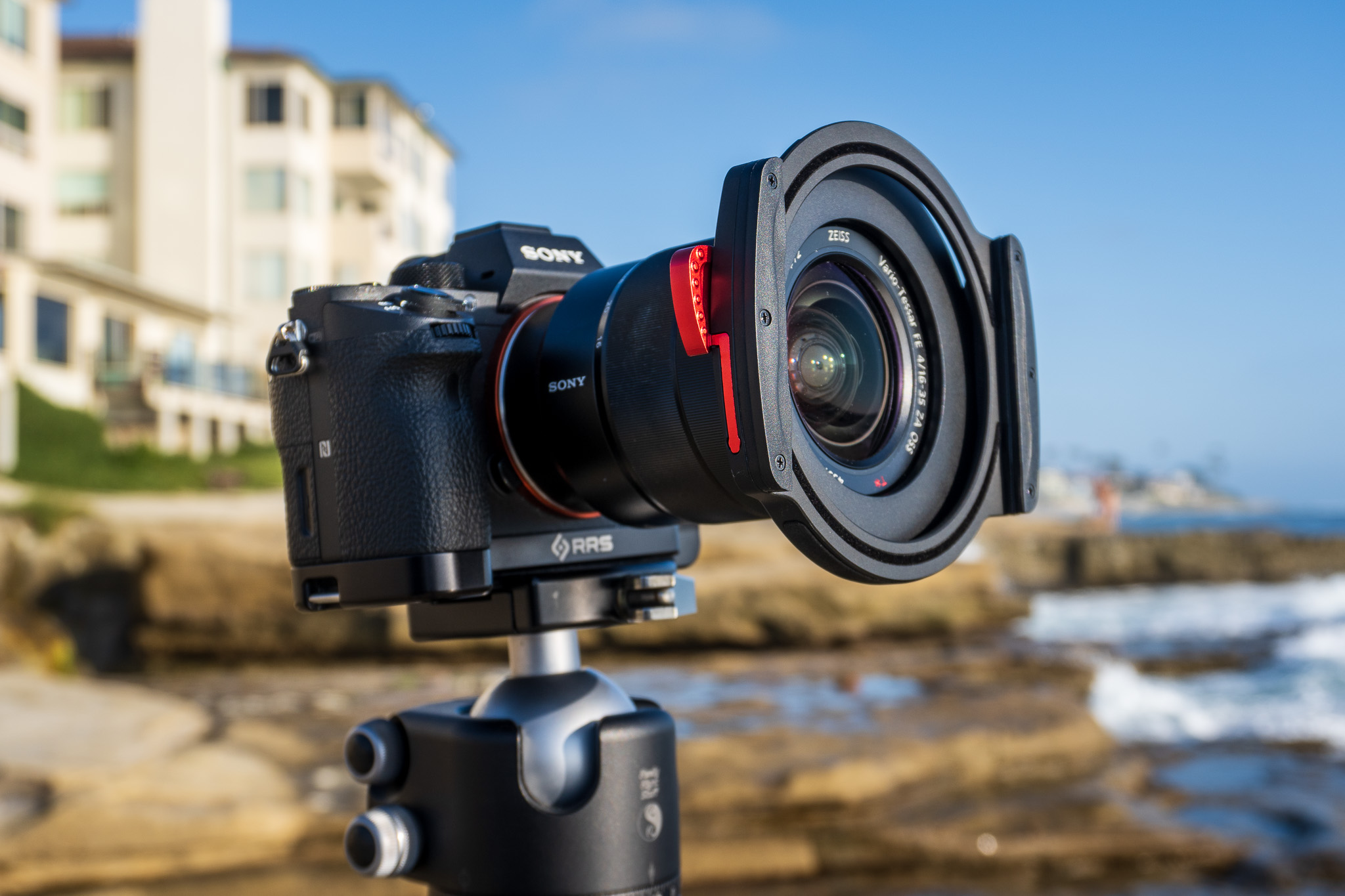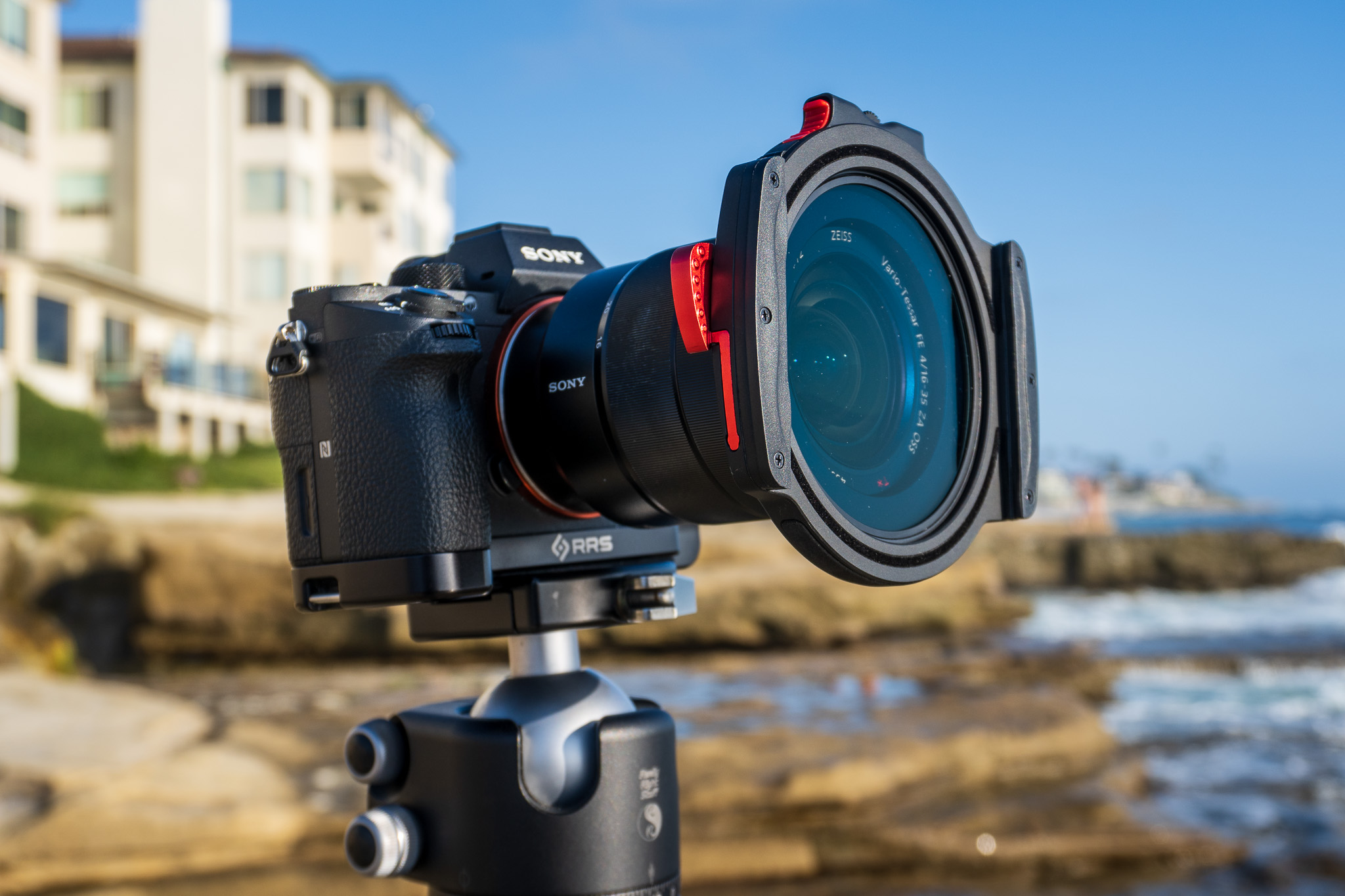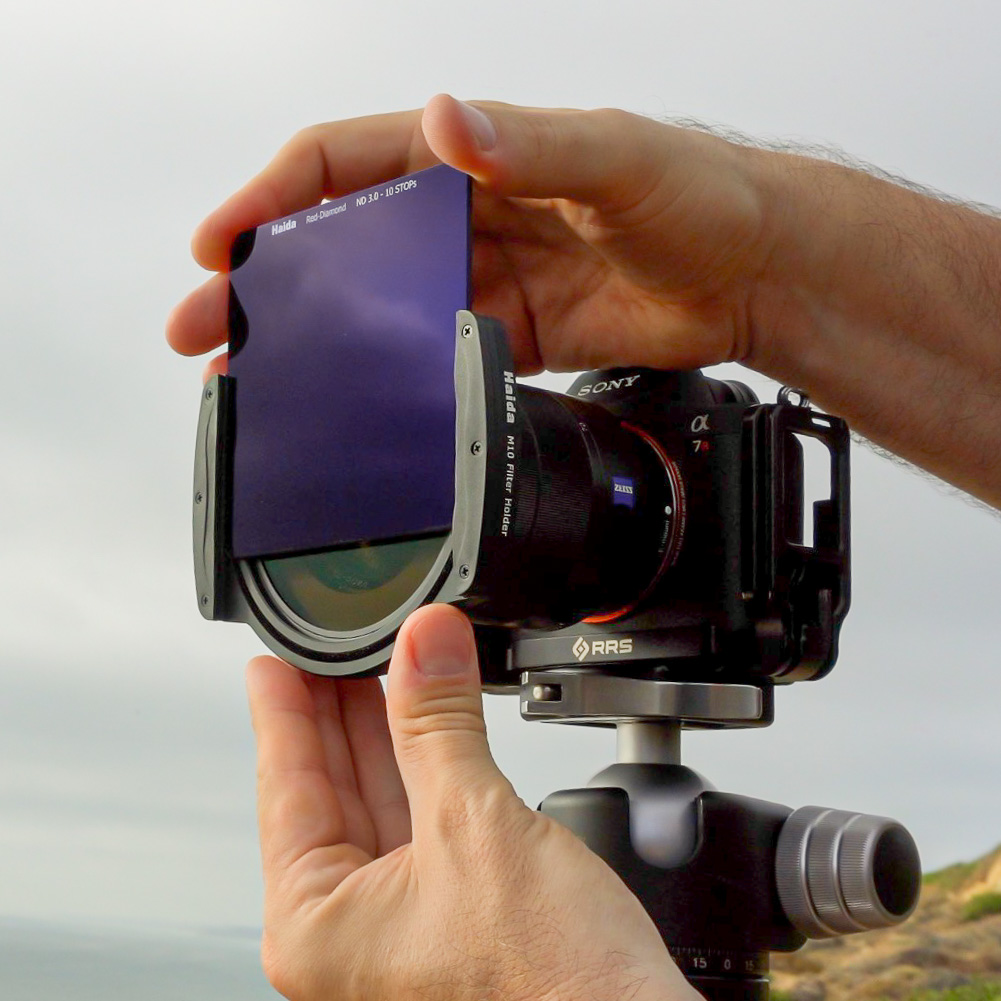Haida M10 Filter Holder System Review
Note: This is not a paid review. Read Scott’s Disclaimer Stuff for more.
I’ve been using Formatt Hitech filters for years - that’s no secret. Haida reached and asked if I’d like to try out the Haida M10 Filter Holder System, so I did. And I’m impressed. Check out the video for my very thorough review, or read on for a detailed summary.
If you’re really, really short on time… my verdict is the M10 Filter Holder System is a very good choice. If you’re in the market for a filter system, or to upgrade from entry level filters, definitely check out Haida’s offering.
What Is The M10 Filter Holder System?
The Haida M10 Filter Holder System is a modular filter system. Like many filter systems, it’s comprised of an adapter ring, a holder, and filters. You choose the adapter ring to match the diameter of your lens (67mm, 72mm, 77mm, etc.) and screw it on to your lens. The M10 holder mounts to the adapter ring with a spring-loaded quick release lock. Finally, the filters fit into the holder.
The components in the M10 system are very sturdy. Adapters, the holder, and casings are metal (not plastic!) and strike a great balance between being lightweight yet durable. The spring-loaded release is equally sturdy and requires sufficient pressure to release. In my testing, I never worried about bumping the release and having the filters tumble to the ground.
The filter holder accepts two types of filters: traditional square filters and drop-in filters. You can have one drop-in filter and up to three square filters inserted at any given time. Out of the box, the holder has slots for two square filters. The M10 kit includes an expansion slot you can add for a third square filter.
One of the first innovations you’ll notice about the M10 holder is the drop-in filter slot at the rear of the holder. This slot can hold a polarizer or neutral density filter. The pinch-and-release grip on the top of the drop-in filters makes exchanging them very easy. Another innovation is the drop-in circular polarizer has a dial at the top to rotate the polarizer. Polarizer adjustments and drop-in filter swaps can be done without disturbing any square filters already in place.
I’d recommend starting with a basic M10 kit. The kit includes an adapter ring, the M10 holder, and a drop-in circular polarizer. An empty drop-in gasket is also included in the kit. This is useful to prevent light leak when only using square glass filters.
Haida has a healthy variety of drop-in filters, including:
Circular polarizer (included in an M10 kit)
Neutral density (ND) filters (a variety of densities)
Graduated ND filters (a variety of densities)
Circular polarizer + ND combination filters (a variety of densities)
Clear Night pollution filter
Haida also carries a wide variety of 100mm square filters, including NDs, graduated NDs, and Clear Night.
Usability
I was up and running with the M10 system in just a few minutes. Inserting and replacing the drop-in filters is a breeze. The square filters also slide in snugly and securely. The only thing that took a little practice was attaching the filter holder to the adapter ring. After 3 or 4 times I quickly got the hang of it.
The ability to easily remove the entire holder assembly - with the filters in it - is very useful in the field. When capturing long exposures in changing light, I was able to re-meter a scene (and refocus if necessary) by removing the holder assembly instead of removing the filters individually. That greatly speeds up workflow in the field, and at golden hour, time is a precious commodity.
An interesting “feature” is the holder floats freely in the adapter ring. The red locking pin holds the assembly securely to the ring. However, it can rotate around freely. I liked this for taking polarized and unpolarized shots. I found it faster to rotate the holder in the adapter ring vs. adjusting the actual polarizer. However, if you’re using graduated NDs, you might find this annoying. The M10 does not have any type of locking mechanism to stop rotation.
Haida paid particular attention to wide angle photography. The adapter rings are thinner (wrt the direction of the lens barrel) and wider, putting the edges of the filter holder farther away from the actual lens element. I did not see any vignetting when capturing photos at 16mm (full frame). With other systems, the edges of the filter holder encroach on the photos at very wide angles.
Image Quality
Image quality is in my opinion the most important aspect of a filter system. All of ease of use (or attractive pricing) is meaningless if the resulting images are soft or have extreme color casts. So… how is the image quality with the Haida filters?
Excellent. The images look great.
In my tests, I did not find any significant color casts. Using just the polarizer or just a 4-stop neutral density filter, color casts were undetectable. If there is one, I don’t see it. With a 10-stop filter, there is a very slight (I’ll stress that… very slight) dip in the blues in the scenes I captured. Is that a problem? Nope, not at all. The cast is completely manageable with any basic editing software.
Verdict
Is the Haida M10 Filter Holder System a good choice? Yes. Without doubt. If you’re in the market for a high quality filter system, check out the M10. It won’t be the cheapest filters you’ll find on the market. However, the Haida build quality, attention to detail, and resulting image quality make it a very compelling choice for the price point. Haida is notably less expensive than other premium filter brands - and yet delivers great images. And that’s what it’s all about in the end.



















